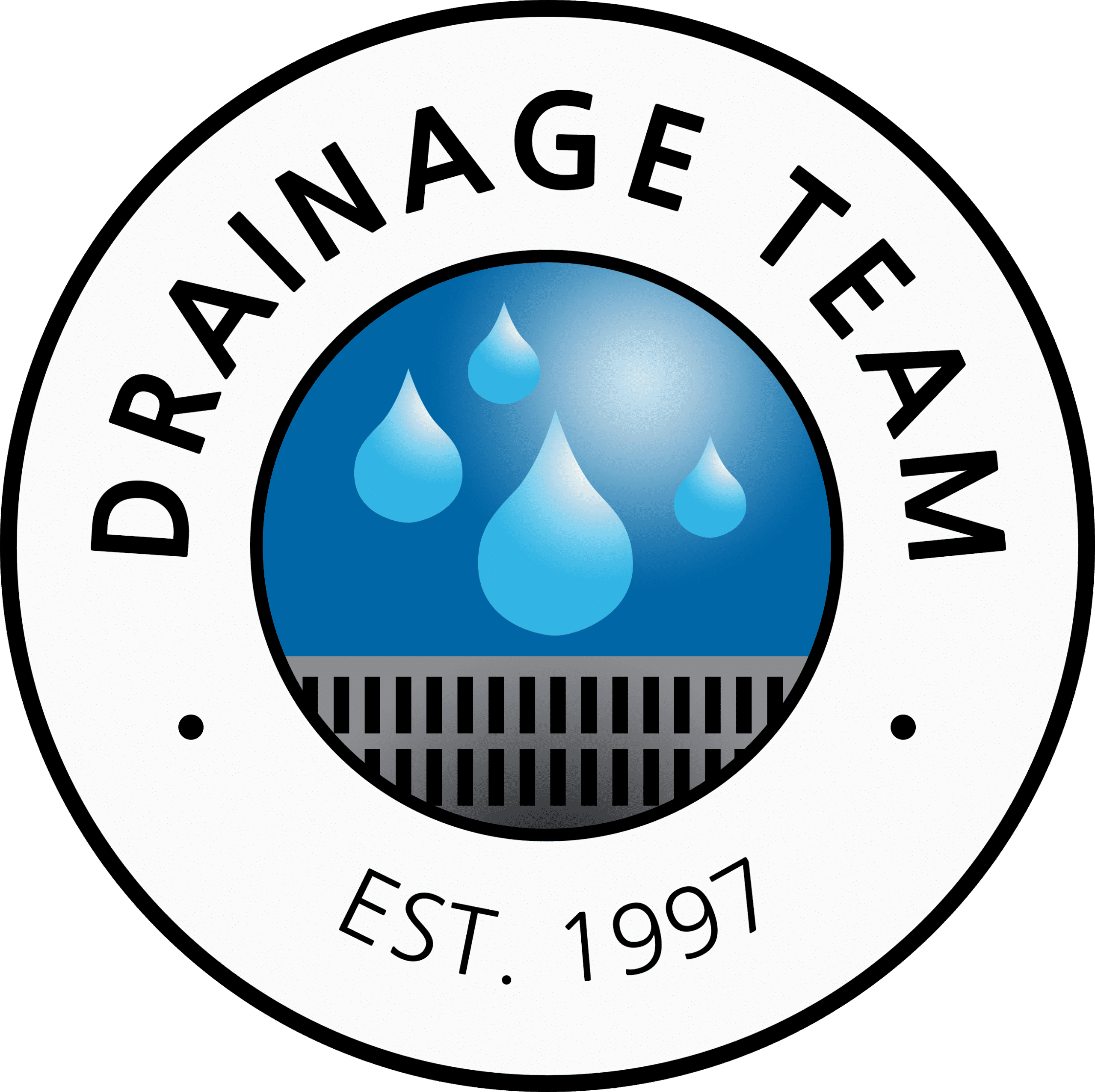Erosion is a natural process that involves the gradual displacement of soil due to water, wind, or gravity. While erosion can be relatively harmless on a small scale, unchecked erosion in your yard can lead to long-term damage to your property, diminishing the health and aesthetic appeal of your landscape. As property owners, we should be proactive in adopting erosion prevention strategies to preserve our land, safeguard our investment, and promote a vibrant, healthy environment for our plants and wildlife.
In this comprehensive guide, we will explore the various erosion prevention measures available to property owners and discuss how implementing these strategies can not only protect your soil and vegetation but also enhance the appearance and value of your landscape. We will discuss a range of techniques, from strategic landscaping and retaining walls to groundcover plants and proper maintenance, providing you with the knowledge and tools needed to address and prevent erosion in your yard.
1. Understanding the Causes of Erosion in Your Yard
Before we delve into erosion prevention techniques, it’s crucial to recognize and understand the primary factors contributing to erosion in your yard. The following are common sources of erosion:
– Water: Rainwater can wash away soil, especially in areas with poor drainage or steep slopes, resulting in gullies and ruts.
– Wind: In regions with strong winds or frequent storms, the wind can blow away topsoil, leading to barren patches and degrading the quality of your soil.
– Overwatering or poor irrigation: Excessive or improper watering can cause soil displacement or create waterlogged areas, resulting in erosion.
– Lack of groundcover: Bare areas with minimal vegetation or groundcover are more susceptible to erosion, as there are no roots to anchor the soil.
2. Strategic Landscaping and Retaining Walls: Supporting Your Soil
Proper landscaping can significantly reduce your yard’s vulnerability to erosion. Consider implementing the following strategies:
– Slope management: Incorporate terracing or contour planting on steep slopes to slow down and disperse water runoff.
– Retaining walls: Construct retaining walls using materials such as stone, brick, or wood to hold back soil and stabilize slopes. These structures not only protect your soil but also offer an opportunity to create aesthetically pleasing landscape designs.
– Groundcover plants: Plant low-growing, dense plants in areas prone to erosion. Their root systems will anchor the soil and reduce the impact of precipitation and runoff.
– Mulching: Apply a layer of organic or inorganic mulch to exposed soil to minimize erosion and create a barrier against wind and water.
3. Smart Plant Selection and Planting Techniques for Erosion Control
Opting for suitable plants and proper planting techniques can significantly improve your landscape’s resilience to erosion:
– Deep-rooted plants: Choose plants with extensive root systems, as they can help secure soil and reduce erosion. Native plants and grasses, such as switchgrass, Indian grass, and California fescue, are smart choices.
– Shrubs and trees: Trees and shrubs with fibrous root systems can anchor soil and act as windbreaks, reducing wind-aided erosion.
– Planting patterns: Plant in staggered rows or clusters, rather than lines, to help slow down and disperse runoff.
– Timing: Aim to plant during seasons with adequate precipitation but enabling plants to establish root systems before the arrival of more intense weather conditions.
4. Drainage Systems and Proper Maintenance: Preventing Water-Related Erosion
Ensuring proper yard drainage is essential to minimizing water-related erosion. Make sure to implement and maintain appropriate drainage systems:
– Swales and channels: Create shallow, sloped ditches or channels to direct water runoff away from vulnerable areas.
– Dry wells or French drains: Installing subsurface drainage systems, such as dry wells or French drains, can help manage excess water and prevent soil erosion.
– Gutter and downspout maintenance: Regularly inspect and clean your gutters and downspouts to avoid water overflow and soil erosion in the areas surrounding your property’s foundation.
– Irrigation: Properly adjust your irrigation system to prevent overwatering and ensure equal distribution of water across your landscape.
Conclusion
Preventing and controlling yard erosion is a crucial aspect of maintaining a healthy, beautiful, and valuable landscape. By understanding the causes of erosion and implementing effective strategies such as strategic landscaping, retaining walls, smart plant selection, and proper drainage, you can protect your property and enhance your outdoor space’s beauty and functionality.
Don’t let erosion damage your investment or undermine the potential of your landscape. Let us at Drainage Team help you identify and address erosion-related challenges, creating tailored solutions to preserve your yard and promote its long-term health and beauty. Contact us today and discover how our expertise in erosion prevention can transform and protect your property for generations to come.






